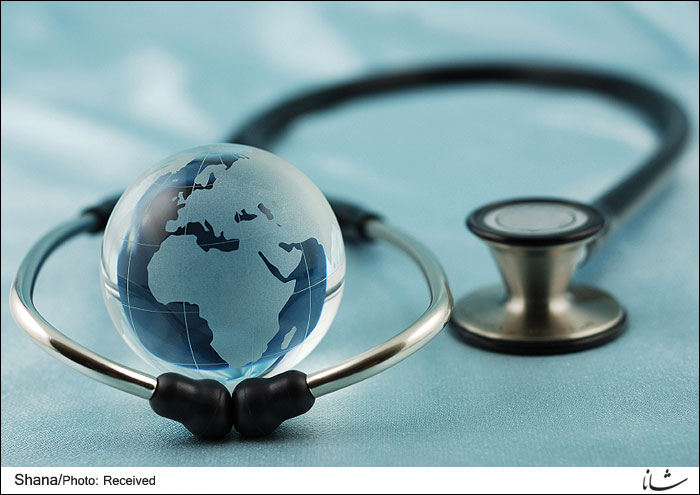After graduation from medical school, Dr Young had gone to Scotland to study ophthalmology. But he needed money to finance his studies. Young applied for the job advertised in media by APOC and he was accepted. Before being hired by APOC, Dr Young had lived in Iran in the company of a railroad construction contingent for one year in Lorestan. He had learned Persian very soon and became interested in working in Iran. That was why he had not hesitated to apply for the APOC job offer.
During his nearly three decades of work in Iran, Dr Young made great contribution to taming diseases in southern Iran. He established a number of healthcare services. That was Dr Young who built the first hospital in Masjid-i-Suleiman, which was the first hospital in oil-rich areas in the Middle East. He went on to build a second hospital in Abadan. Dr Young used to travel on foot in the villages and surrounding areas in order to treat the patients. The presence of such a committed doctor was a big advantage for oil service workers because most Iranians who were practicing medicine in the country at that time were totally unfamiliar with modern medical science.
After conducting a test on a sheep eye he learned to operate eye cataract surgery. A Bakhtiari tribal chief was operated for cataract by Dr Young. This successful operation boosted his standing there and he was known as healer of the blind.
Dr Young got retired in 1936 and he immediately returned to England to join the Alexander Fleming group. He spent the last years of his life on contributing to research which led to the discovery of penicillin, the largest breakthrough in medical history.
Courtesy of Iran Petroleum Monthly


Your Comment